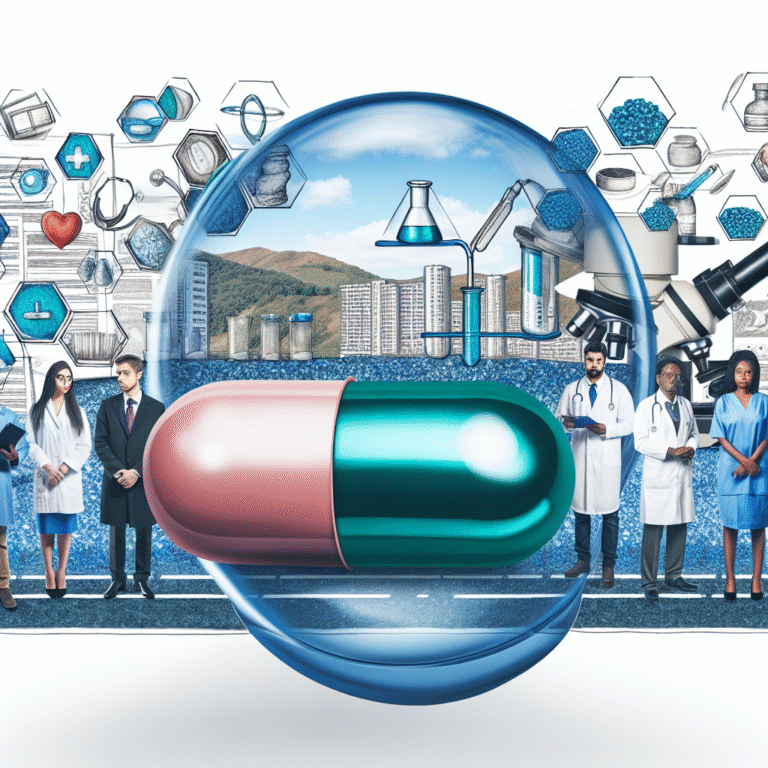A Comprehensive Guide to Drug Safety Reporting: Key Practices in Pharmacovigilance
A Guide to Understanding Drug Safety and Pharmacovigilance
Introduction
Pharmacovigilance is a big word that means keeping an eye on medicines to make sure they’re safe and work well after they’re available to the public. With more and more people worrying about drug safety, it’s really important to know how pharmacovigilance works. This blog will explain what drug safety reporting is and why it’s important for doctors, government groups, and patients.
What is Pharmacovigilance?
Pharmacovigilance is all about finding, checking, understanding, and stopping bad effects or other problems caused by drugs. It’s about keeping track of drugs from when they’re tested to after they’re sold in stores. In the past, big problems, like the thalidomide disaster in the 1960s, showed us why it’s important to have a system to monitor medicines carefully.
Today, pharmacovigilance is super important. It not only helps find safety problems early but also helps us keep checking if a drug’s good points outweigh the bad as medicine changes over time.
Rules About Pharmacovigilance
There are many rules about how to watch drugs safely, made by big organizations like the Food and Drug Administration (FDA) in the USA, the European Medicines Agency (EMA) in Europe, and the World Health Organization (WHO). While they all share similar goals, they do things differently. For example, the EMA uses something called the EudraVigilance system, and the FDA uses MedWatch for reporting risks.
Why Drug Safety Reporting Is Important
Drug safety reporting is key in pharmacovigilance, helping in many ways:
1. Protecting Everyone: It makes sure any risks from drugs are known and fixed quickly.
2. Keeping an Eye on Safety: Continuous checking allows us to update a drug’s safety info quickly.
3. Earning Trust: Showing how drugs are made safe helps people feel confident about using them.
Kinds of Drug Safety Reports
There are many ways to report drug safety to make checking safety easier:
1. Spontaneous Reporting: When doctors or patients decide to report bad effects they notice.
2. Periodic Safety Update Reports (PSURs): Regular updates on how safe a drug is after it’s sold.
3. Development Safety Update Reports (DSURs): These are safety checks during clinical trials.
4. Risk Management Plans (RMPs): Plans that show how to handle risks related to a drug.
People Involved in Pharmacovigilance
A good pharmacovigilance system needs all sorts of people working together:
1. Government Groups: They make sure drugs comply with rules and support safety efforts.
2. Drug Companies: They have to collect, check, and report bad effects.
3. Doctors and Nurses: They are the main reporters of drug safety issues.
4. Patients and Advocacy Groups: They report problems and advocate for safe medicine use.
5. Contract Research Organizations (CROs): Help collect and analyze safety data, especially during trials.
Tips for Good Drug Safety Reporting
Following best practices helps in effective drug safety reporting:
1. Report Quickly and Correctly: Delays can make it harder to fix problems.
2. Provide Good Data: Accurate info is key for dependable safety checks.
3. Spotting New Problems: It’s important to have ways to detect new safety concerns.
4. Clear Communication: Have a good strategy to let everyone know about risks.
5. Keep Learning: Regular education on pharmacovigilance is vital for everyone involved.
Technology in Pharmacovigilance
New technology is changing pharmacovigilance for the better:
1. AI and Machine Learning: These help analyze lots of data for new risks.
2. Blockchain: Offers a secure way to share and track data.
3. Real-time Monitoring Tools: Make data reporting quicker and more accurate.
4. Electronic Health Records: Makes data collection and analysis easier.
Problems with Drug Safety Reporting
Drug safety reporting can be tricky:
1. Keeping Data Private: It’s tough to share data safely across borders.
2. Tons of Data: Handling lots of information can be difficult.
3. Getting Everyone on the Same Page: Different rules make it hard to manage worldwide pharmacovigilance.
4. Talking with Patients: It’s important to communicate effectively with patients for getting accurate data.
Learning from the Past
Looking at past cases helps us understand pharmacovigilance better:
1. The Thalidomide Case: Showed the need for strict safety monitoring.
2. Vioxx Withdrawal: Led to greater checks and safer measures.
3. Successful Systems: Companies with good safety systems show how to manage drug safety well.
Future Trends
Looking to the future, a few things are changing pharmacovigilance:
1. Big Data: Offers new insights and better safety checks.
2. Global Cooperation: Efforts continue to make worldwide regulations smoother.
3. Patient-Focused Approaches: More focus on patient feedback and involvement.
4. Personalized Medicine: Tailoring safety checks to individual genetic profiles.
Conclusion
In conclusion, pharmacovigilance is a complex but important field in healthcare. It’s all about making sure that medicines remain safe and effective for everyone. The future looks bright with new technology and better global cooperation. It’s important for everyone involved to prioritize drug safety reporting to keep people healthy and to make pharmaceutical companies more trustworthy.
Extra Resources
For those interested in learning more about pharmacovigilance, here are some helpful resources:
– Websites of the FDA, EMA, and WHO for more regulatory info.
– Suggested books and articles about pharmacovigilance.
– Online courses and certificates, like those from DIA or ISoP.
– Patient resources from groups like NICE and the Patient Advocate Foundation.






